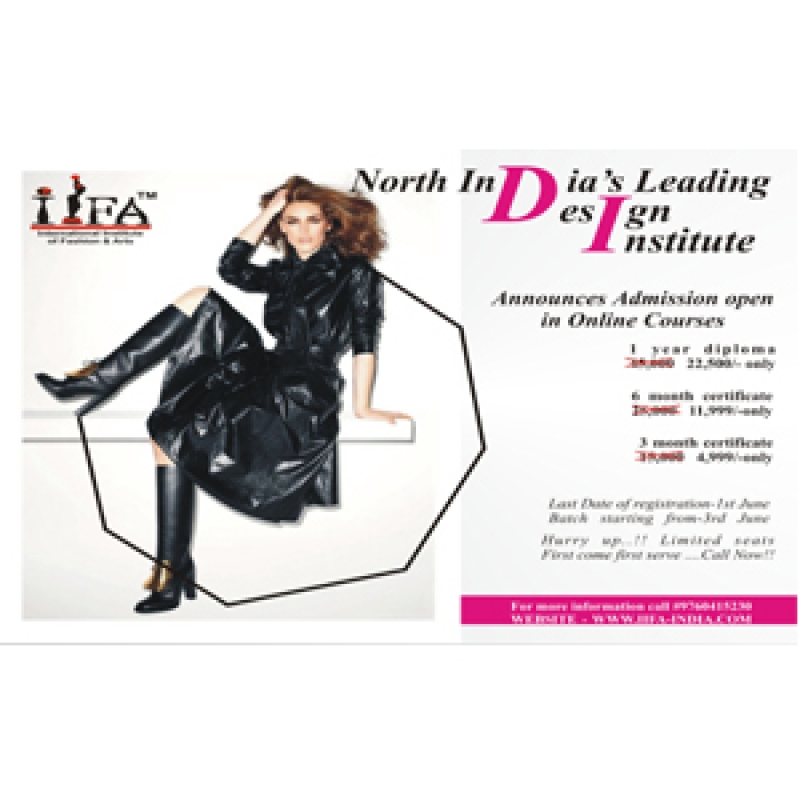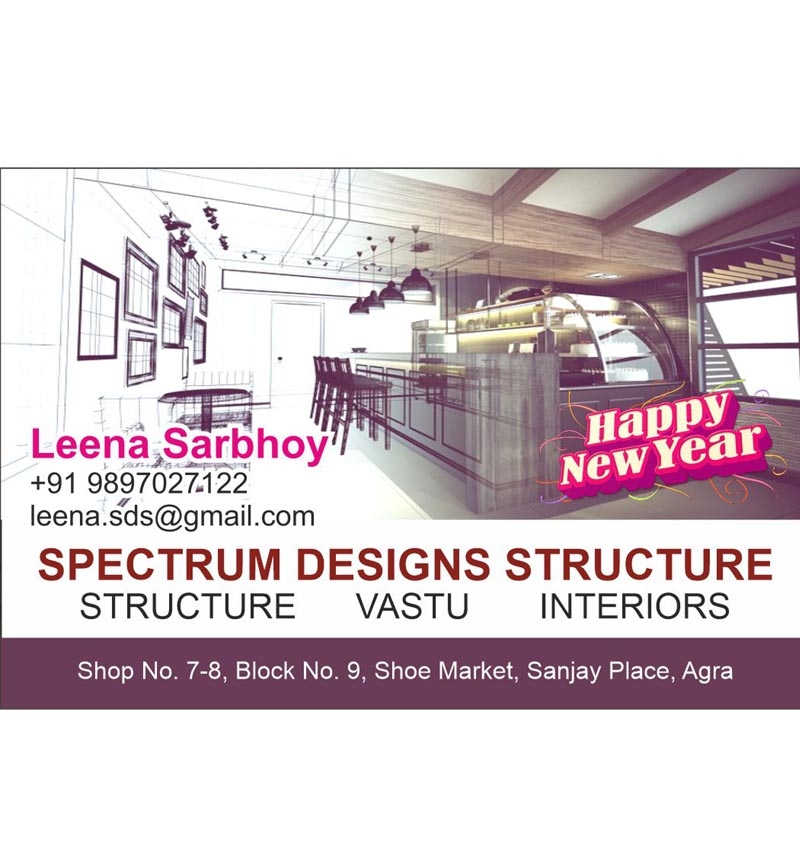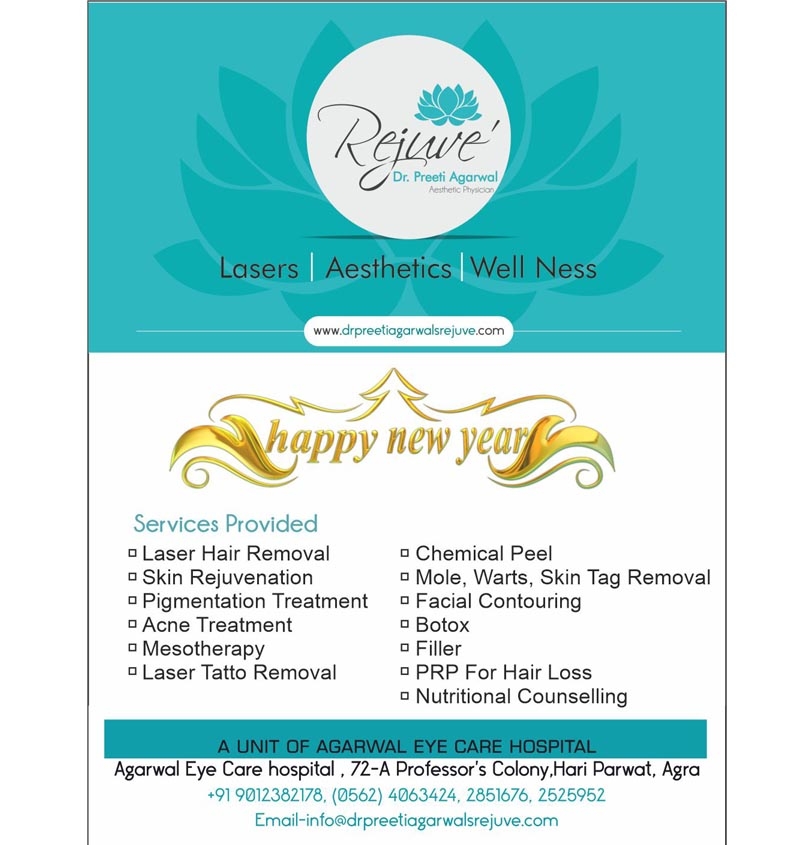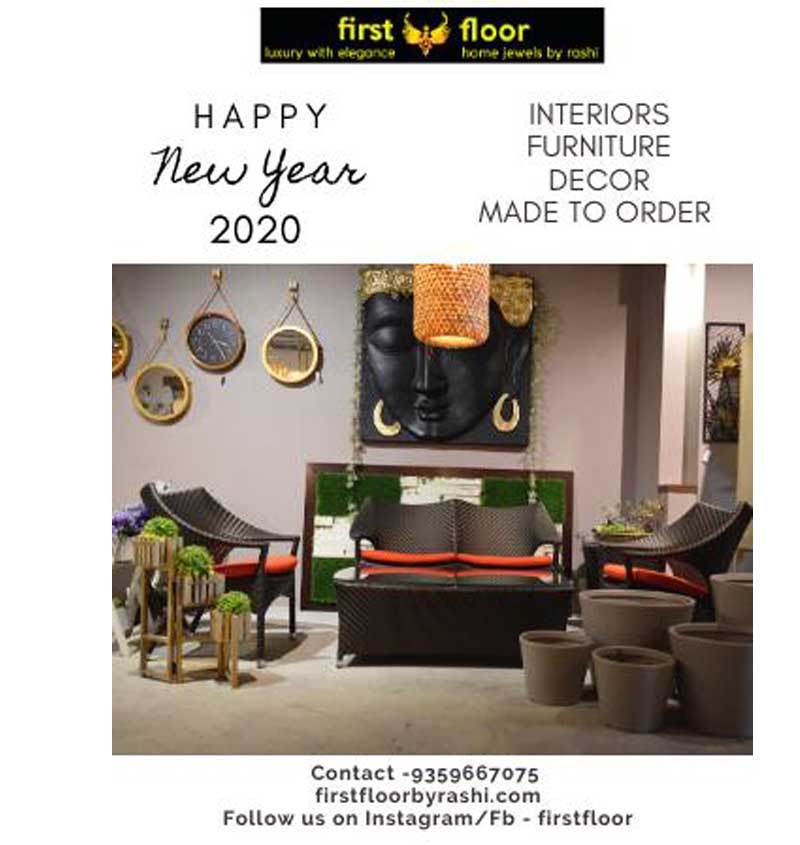What Is Neuroaesthetics?
Coined in the early 2000s, neuroaesthetics is an interdisciplinary field that explores how the brain responds to aesthetic experiences—whether through art, nature, color, form, or texture. It combines insights from cognitive science, psychology, philosophy, and neuroscience to decode why certain sights or environments make us feel calm, inspired, or energized.
Neuroaesthetic spaces apply these findings to real-world settings. Instead of relying on subjective taste alone, designers use evidence-based principles to create spaces that promote emotional and neurological well-being.
The Brain on Space: Why Design Matters
We often underestimate how deeply environments affect our behavior and mood. Lighting, acoustics, symmetry, and even ceiling height can influence everything from stress levels to cognitive performance. For example:
-
Natural light regulates circadian rhythms and enhances serotonin production.
-
Curved lines and organic forms are preferred by the brain, associated with safety and beauty.
-
Exposure to nature—even through images—lowers blood pressure and cortisol levels.
-
Color psychology suggests that blues and greens soothe, while yellows may energize.
By understanding how the brain processes these elements, designers can create spaces that not only look good but feel neurologically supportive.
Applications of Neuroaesthetic Spaces
-
Healthcare Environments
Hospitals and clinics are increasingly turning to neuroaesthetic principles to reduce patient stress and promote healing. Artwork, natural materials, and well-placed windows aren’t just decorative—they’re therapeutic. Studies show that patients recover faster in rooms with views of nature compared to those facing blank walls. -
Workplaces
In an era of burnout and hybrid work, offices are being reimagined to foster focus, innovation, and well-being. Biophilic design, acoustic zoning, and dynamic lighting are just some tools used to enhance productivity while reducing mental fatigue. -
Educational Settings
Schools designed with neuroaesthetics in mind support attention, memory, and emotional regulation. Color-coded zones, sensory rooms, and varied textures stimulate different types of learners and help manage overstimulation or anxiety. -
Homes
Even personal living spaces are being shaped by neuroaesthetics. With more people investing in wellness-oriented interiors, we see a rise in mindful home design—spaces curated to soothe, energize, or inspire through intentional use of light, layout, and materials.
Art Meets Science
What makes neuroaesthetic spaces especially compelling is the collaboration between disciplines. Neuroscientists measure brain activity and emotional response to environmental cues, while artists and architects translate this data into sensory-rich experiences. The result isn’t sterile or overly clinical—it’s deeply human.
Consider the work of artists like Olafur Eliasson, whose immersive light installations alter perception and mood, or architects like Jeanne Gang, who design buildings with natural flow and emotional resonance. These creators use art and science not as opposites, but as partners in shaping the human experience.
Challenges and Future Potential
While the potential of neuroaesthetic spaces is vast, the field is still young. One challenge lies in translating lab-based findings into real-world environments that accommodate diverse needs and cultural perceptions of beauty. Additionally, the subjective nature of aesthetic experience means no one-size-fits-all solution exists.
However, as technology advances—especially with AI, brain-imaging tools, and immersive design software—our ability to tailor spaces to neurological responses will only grow more precise and personal.
Conclusion
Neuroaesthetic spaces represent a powerful shift in how we design the world around us. By aligning art, science, and emotion, they offer a new blueprint for environments that nurture the mind as much as the body. As we move further into an age where mental health and sensory awareness are paramount, neuroaesthetics isn't just a trend—it’s a transformative approach to living and thriving.



















Your Message